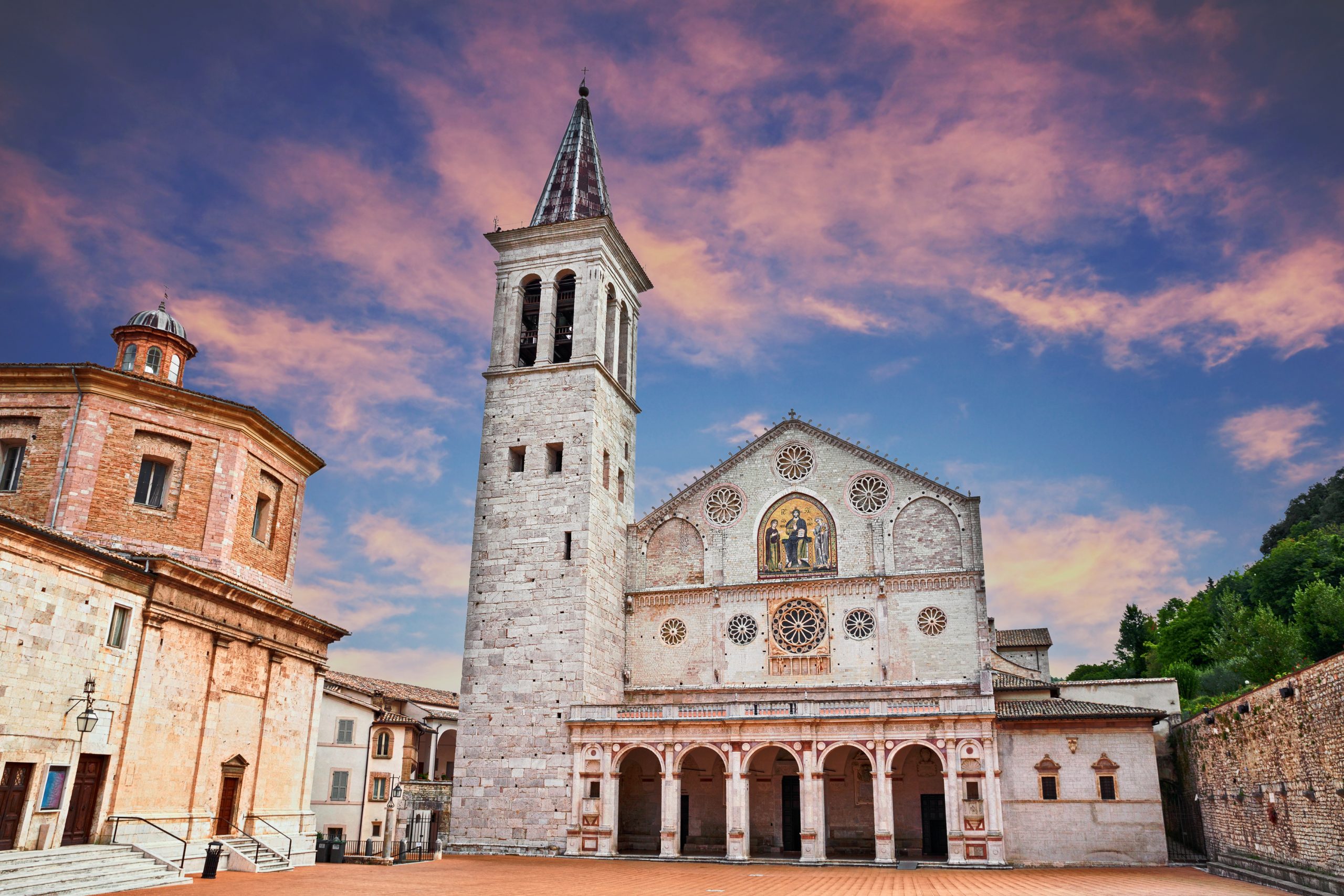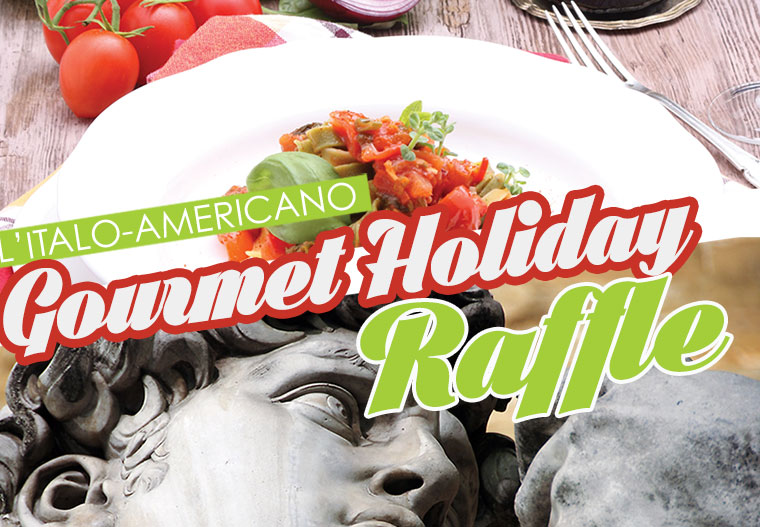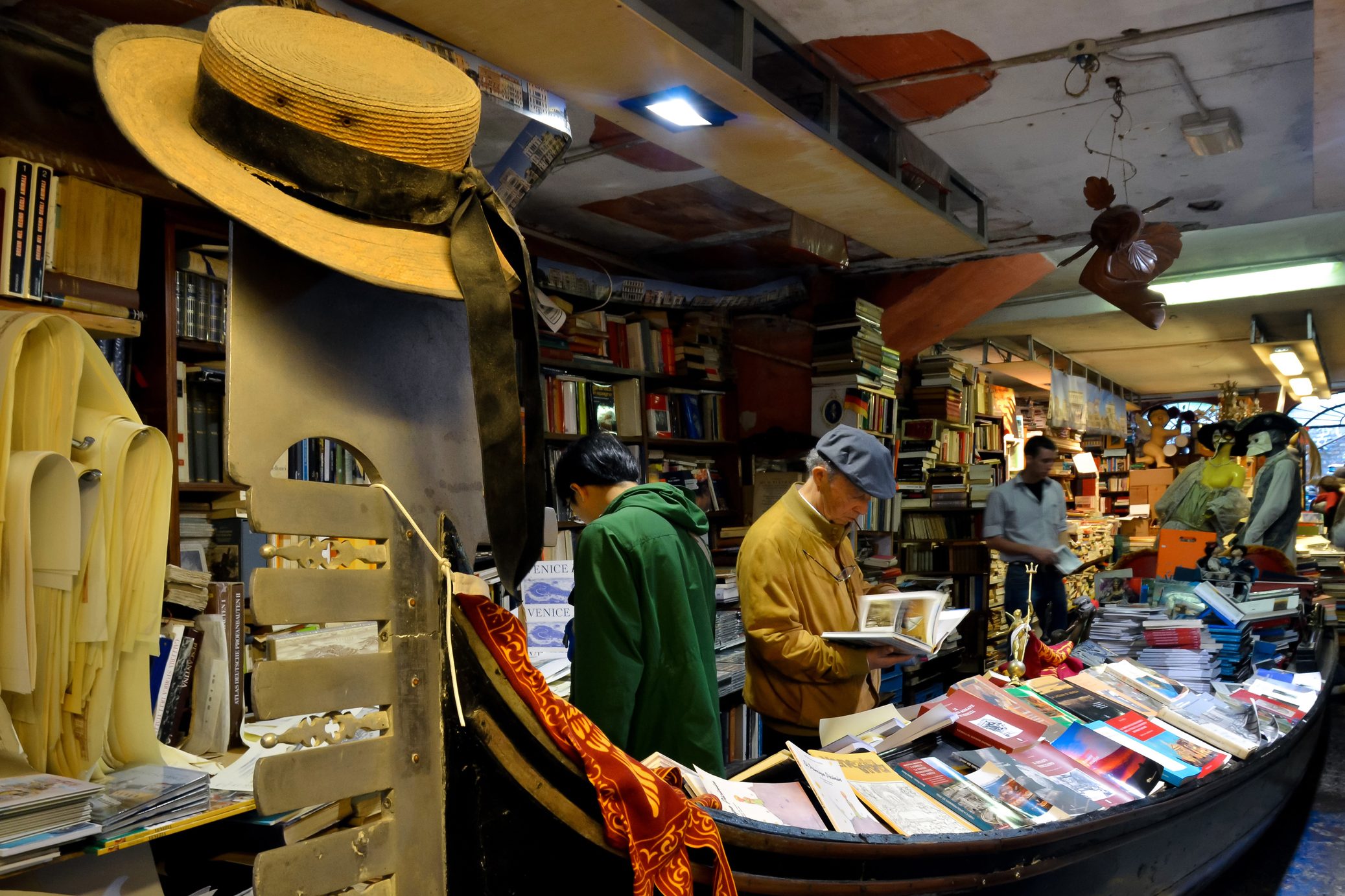Nestled in the country side in the hilly region of Umbria, in the province of Perugia, Spoleto is a lovely town, rich in history and with an amazing culinary tradition.
The area has been inhabited since the 12th century before Christ and, within 500 years, it had become one of the biggest and most important villages in the area: the walls around the settlement of Spoletium were built right around that time and some of them are still standing today.
The walls, however, could not protect the town from some very turbulent wars and battles: it was attacked by Hannibal of Cartage in 217 BC and also suffered greatly during the civil wars between Sulla and Gaius Marius. It finally found some peace during the rule of the Roman Empire and, during those years, Spoleto flourished and became famous for the delicious wines produced in the area. As the centuries went by, the town managed to thrive and grow and by the end of the Middle Ages it had become once more one of the most important centers of the area. To this day many of its majestic medieval and renaissance buildings and churches are open for visits and make Spoleto worth a day trip or, even better, a weekend break.
A good way to start a tour of Spoleto is by viewing the three Roman buildings that are still standing: the Roman theater, although largely rebuilt, is still impressive to see; the Amphitheater, built in the 2nd century, was then turned into a fortress, while the Ponte Sanguinario (literally the “Bloody bridge”) from the 1st century is said to have been the backdrop to many persecutions of the Christians of the area. Even more amazing is the Ponte delle Torri, an impressive aqueduct from the 13th century: some say it was built earlier than that by the Romans, but historians cannot seem to agree on the matter.
The Rocca Albornoziana is a majestic fortress built between 1359 and 1370 for Cardinal Albornoz and features six imposing towers and two large courtyards: the Cortile delle Armi, designed to hold troops, and the Cortile d’Onore, used by the city governor. The inside of the building is as amazing as the outside and features noteworthy 15th century frescos on its walls: since 2007 the palace has been refurbished and opened to the public as a museum.
Some of Spoleto’s churches, too, are worth a visit both because of their beauty and their historical importance: the Duomo, especially dedicated to Santa Maria Assunta is a beautiful cathedral built between 1175 and 1227 in Romanesque style. The church houses the tomb of famous artist Filippino Lippi, who died in Spoleto in 1469, and a manuscript letter by Saint Francis of Assisi. San Pietro extra Moenia, founded in 419 to hold Saint Peter’s relics, was then rebuilt from the 12th to the 15th century and was embellished with a wonderful relief decoration that portrays the most important moments of St. Peter’s life.
Spoleto, of course, is famous around the world for its festival, the renowned Festival dei Due Mondi (Festival of the Two Worlds), an annual summer music and opera festival that takes place in town in June and early July. It was started in 1958 by composer Gian Carlo Menotti and each year it showcases an ever changing and excting array of Concerts, opera, theater, visual arts and dance shows. For three weeks Spoleto literally becomes an open air stage where important artists such as Luchino Visconti, Ezra Pound, Luciano Pavarotti, Rudolf Nureyev and many others have performed throughout the years: as it is very popular prices of hotels tend to skyrocket during the festivals and room availability might become a problem. Plan well in advance: for more information and detailed schedules visit the official website www.festivaldispoleto.it
While in town don’t forget to try one of Italy’s most famous and celebrated steaks: the amazingly tender and juicy meat of the Chianina cow. It can be pricey, but steak lovers will definitely remember it as one of the best meals of their lives.
Spoleto can be reached by car from Rome in less than two hours (80 miles) and from Florence in two and a half hours (120 miles) or with daily train connections from both cities and from Bologna and Naples.
The nearest airport is the San Francesco d’Assisi in Perugia connected with daily flights with Milano Malpensa and London. Because the historical downtown area is closed to the traffic, the best way to arrive there is by parking your car in one of the many public parking lots outside town and reach the city center by foot.






























